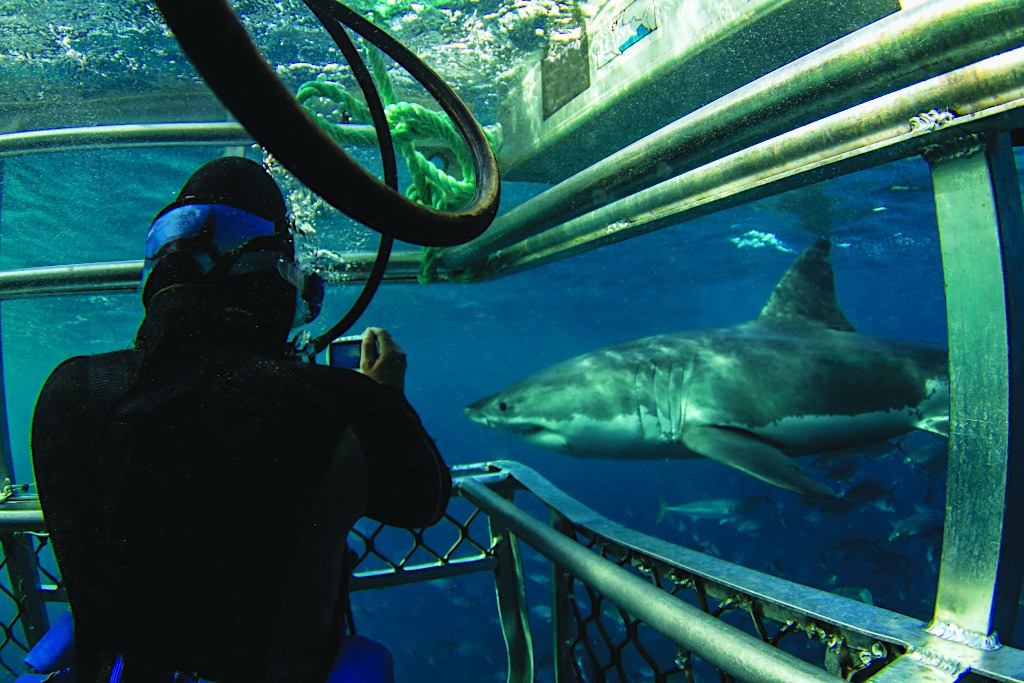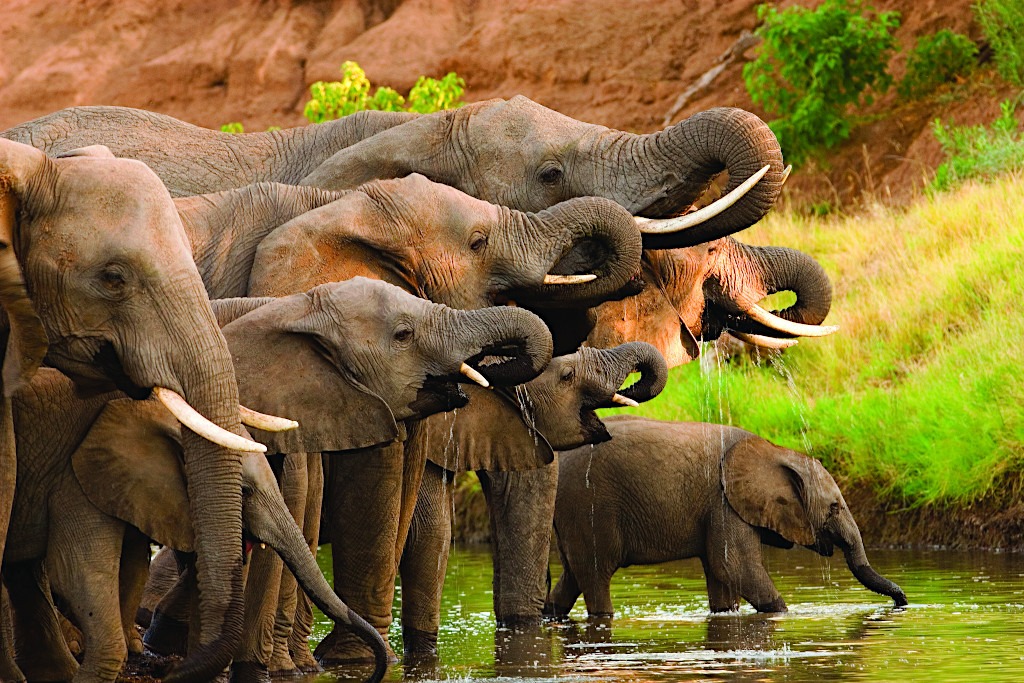Putting self-doubt aside, I’ve come to the African continent to push my travel limits. I was the boy who opted for a trip to the mall instead of a day hike on our eighth grade trip to Rocky Mountain National Park. Nature is not in my nature. But as my muscle mass continues to disintegrate as the years wear on, mostly because I spend my days on the couch with my head buried in a laptop and my evenings watching home shopping (yes, I’ve bought Suze Orman’s protection portfolio and a Vitamix), I’ve recognized that such life experiences have an expiration date. There’s a hole in my bucket list, dear Liza. So I’ve packed my khakis and compression socks, ready for an African adventure of a lifetime.
FLOWER POWER
I’m standing on the Forest Lodge deck at the precipice of South Africa’s southern coast with Michael Lutzeyer, owner and managing director of Grootbos Private Nature Reserve. We sip on a quintessential South African sauvignon blanc and nibble stuffed squash blossoms as the sun gently dips into the convergence of the Atlantic and Indian oceans.

The Pool Area at Grootbos Private Nature Reserve
Photo: Grootbos Private Nature Reserve
He extends his hand, palm down, then emphatically flips it over, saying, “My life changed from this to that.” He’s speaking of the impact of the parcel of land he purchased in 1991, which has evolved from a weekend getaway with a quaint farmhouse to a jaw-dropping, five-star resort nestled amid nearly 6,200 acres of rare flora. Catering to global travelers merely skims the surface of Grootbos’s initiatives. The Grootbos Foundation is widely recognized as a philanthropic leader for its conservation work, youth sports program, and career training.
I can’t even keep a houseplant alive, so it’s mindboggling to look at the horizon and know that there are nearly 800 plant species tucked among the craggy landscape, which resides within the Cape Flora Kingdom. Lutzeyer has relied on the keen insights and expertise of botanist Sean Privett, who he met in 1996 and has been instrumental in Grootbos’s research and conservation efforts. Some scientists believe the breadth of species survived because the region remained relatively untouched by the Pleistocene Epoch (the most recent ice age).
“But where are the Big Five?” I ask myself as my mind starts to wander amid all of this talk of Erica Magnisylvae and Cliffortia Anthospermoides (two unique fynbos species discovered at Grootbos). Those will come later, but the following day, our guide Christoff loads our small entourage into a 4×4 vehicle and hits the trail toward a peak overlooking Walker Bay.

Cage Diving in South Africa
Photo: Saulty72
We reach our destination and pile out, careful not to step on any of the delicate blooms. It’s as if I’ve been transported to the pages of L. Frank Baum’s The Wonderful Wizard of Oz: “They walked along listening to the singing of the brightly colored birds and looking at the lovely flowers which now became so thick that the ground was carpeted with them,” Baum wrote. “There were big yellow and white and blue and purple blossoms, besides great clusters of scarlet poppies, which were so brilliant in color they almost dazzled Dorothy’s eyes.”


